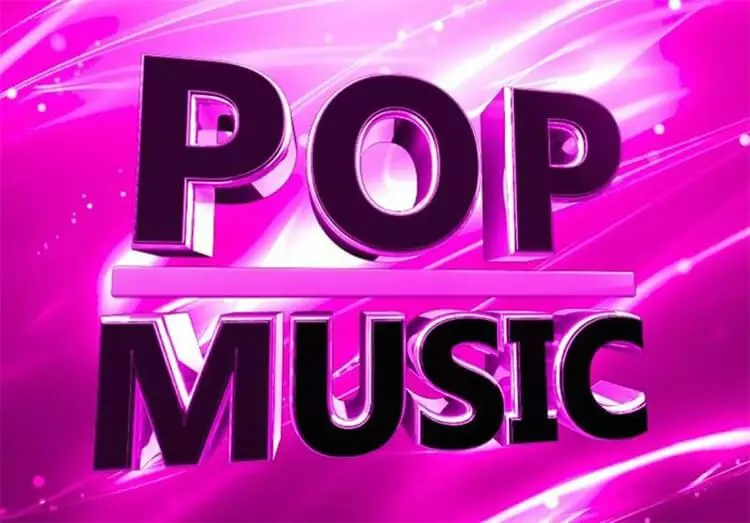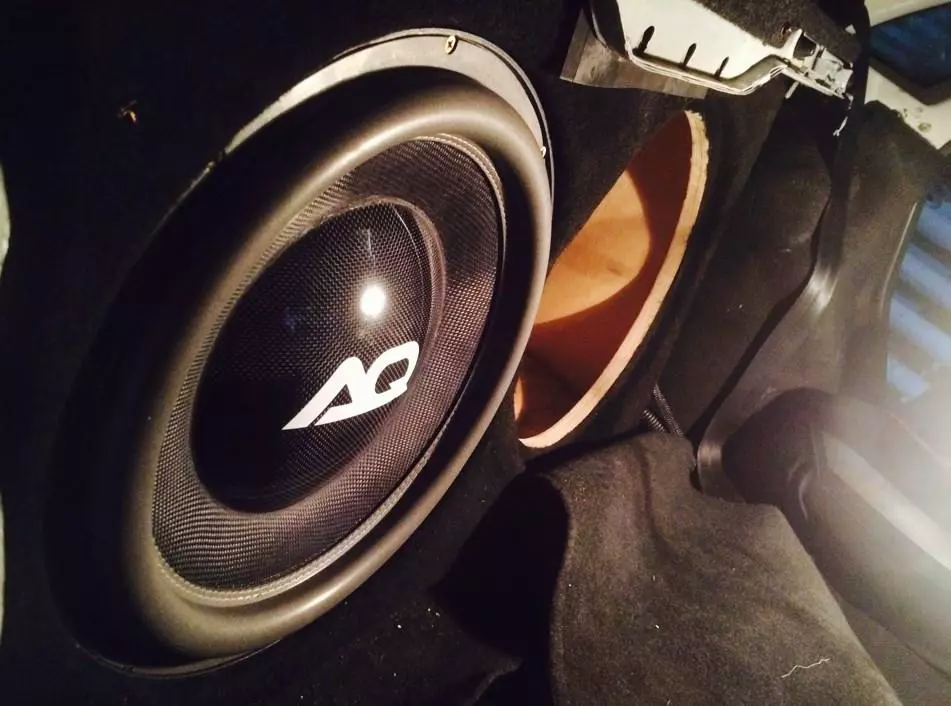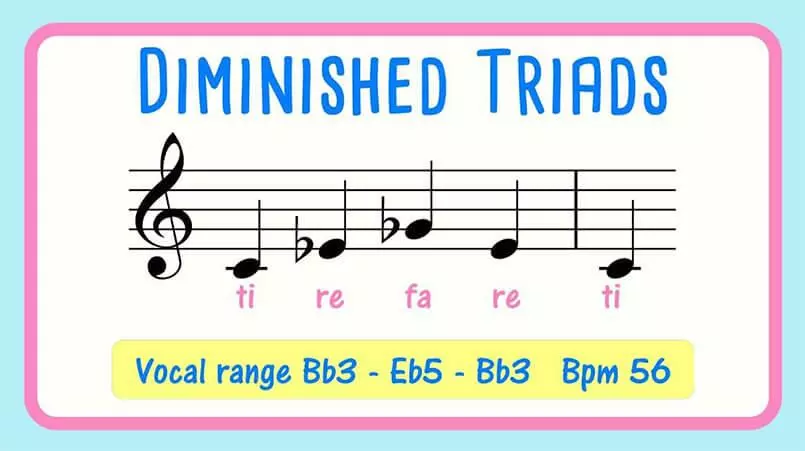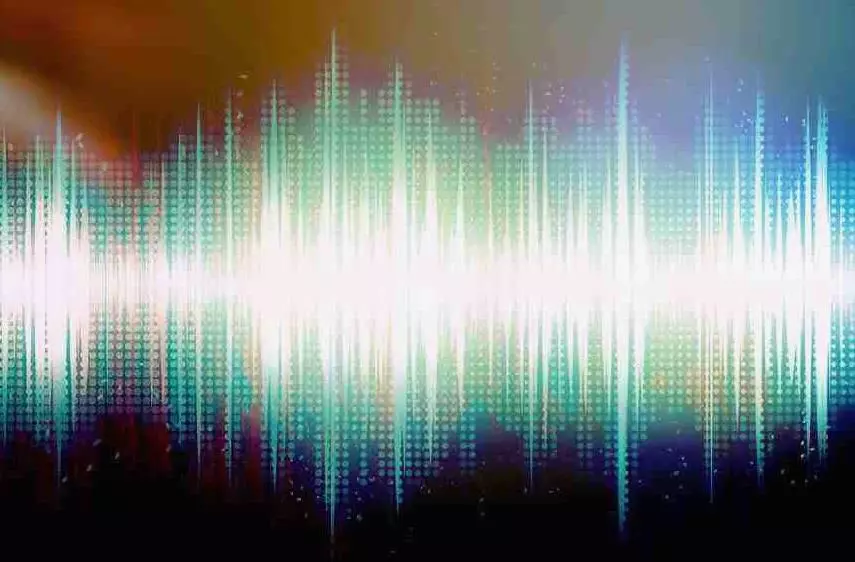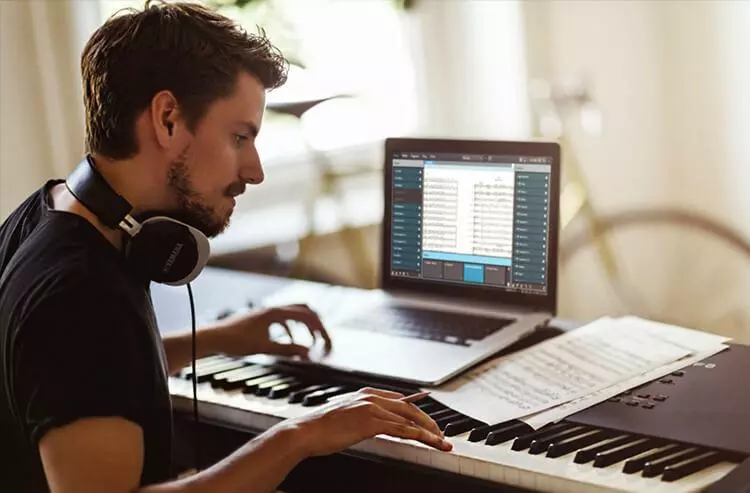What is drill music
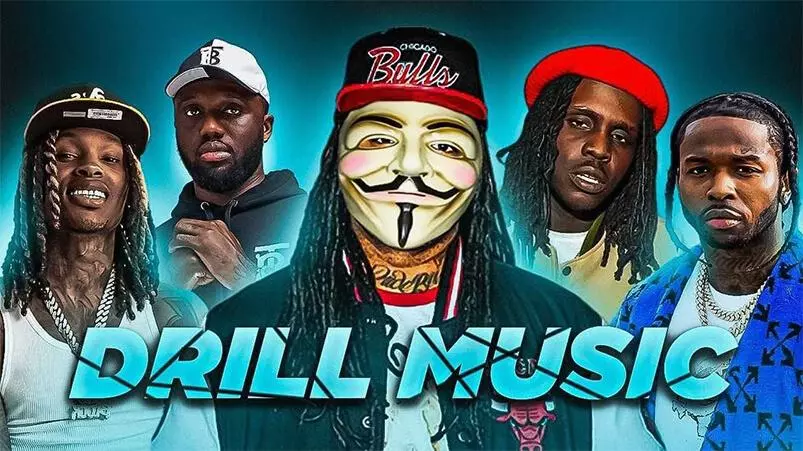
Drill is a hip-hop subgenre that originated in Chicago in the early 2010s. Sonically, it’s similar to trap music, while its lyrical content aligns with gangsta rap. Drill artists are known for their raw, provocative lyrics, often touching on the realities of street life in Chicago. From the outset, the genre became associated with local gangs, particularly the Black Disciples and Gangster Disciples.
Drill truly broke into the mainstream in 2012, when artists like Chief Keef, Lil Reese, Lil Durk, Fredo Santana, G Herbo, Lil Bibby, and King Louie gained national attention, supported by a dedicated fan base and strong online presence. Producers like Young Chop crafted a distinct sound for the genre, and their collaborations with emerging artists helped drive its popularity. During this period, other artists like Lil JoJo, FBG Duck, S. Dot, Edai, L’A Capone, RondoNumbaNine, and SD, along with producer Leek-E-Leek, also made significant contributions to the drill scene.
As the genre grew, its increasing popularity caught the attention of major labels, leading to record deals with some of drill’s biggest names. After an initial peak, drill saw a resurgence in the late 2010s and early 2020s, led by artists like King Von, Polo G, Calboy, and a revived Lil Durk, who reignited interest in the Chicago scene.
Over time, regional drill subgenres began to emerge and gain traction. The UK drill scene, which started in the mid-2010s, influenced the genre’s further evolution and spurred the rise of new local scenes, including Brooklyn drill. In New York, drill gained mainstream popularity by the late 2010s, with artists like Pop Smoke and Fivio Foreign driving the movement forward.
Chief Keef is widely recognized as one of the pivotal figures in bringing drill to the mainstream. His work has become emblematic of the genre and has inspired a new generation of artists.
Why are we talking about Drill?
Drill is a subgenre of hip-hop that emerged in Chicago in the early 2010s. Musically, it shares similarities with trap, but its lyrics are grittier and harder-hitting, much like gangsta rap. Drill artists often dive into raw, unfiltered depictions of Chicago street life, capturing the dangers and gritty realities of the city. From its inception, the genre has been closely tied to local street gangs, particularly the Black Disciples and Gangster Disciples.
In 2012, drill gained widespread attention in the U.S. when artists like Chief Keef, Lil Reese, Lil Durk, Fredo Santana, G Herbo, Lil Bibby, and King Louie rose to prominence. Their unique styles and strong online presence quickly helped them build a solid fan base, while producers like Young Chop crafted beats that defined the sound of the genre. Around the same time, other artists, including Lil JoJo, FBG Duck, S. Dot, Edai, L’A Capone, and RondoNumbaNine, also contributed to the scene, working alongside producer Leek-E-Leek.
The genre’s rising popularity caught the attention of major labels, leading to record deals with some of drill’s leading figures. After an initial wave of success, drill’s popularity saw a bit of a decline, only to make a major comeback in the late 2010s and early 2020s. This resurgence was fueled by artists like King Von, Polo G, Calboy, and Lil Durk, whose fresh energy and style breathed new life into the genre.
Over time, drill gained traction internationally. The UK drill scene, which emerged in the mid-2010s, left a significant mark on global hip-hop and sparked the rise of local scenes, such as Brooklyn drill. In New York, drill reached massive popularity by the late 2010s, propelled by artists like Pop Smoke and Fivio Foreign, who helped make the genre even more recognizable.
Chief Keef is widely regarded as one of the pivotal figures who not only pioneered but also popularized drill, turning it into a global phenomenon and inspiring a new generation of artists to push creative boundaries.
Characteristics
Lyrics and Content
Drill lyrics are marked by hostility and aggression. As Lucy Stehlik from The Guardian pointed out, “Nihilistic drill reflects reality, while the more glamorous images from mainstream hip-hop often fail to capture the true picture of life on the streets.” Drill lyrics stand in stark contrast to the themes of early Chicago rappers and the mainstream hip-hop of the time, which tended to celebrate wealth and success when drill first emerged.
Drill songs often portray unfiltered, harsh depictions of street life, filled with violence and a sense of bleak realism. Drill rappers deliver their lyrics in a cold, detached style, frequently enhanced by Auto-Tune, creating a distinct, haunting sound. This style was heavily influenced by artists like Soulja Boy and Lil Wayne, along with Atlanta rappers Gucci Mane and Waka Flocka Flame. While drill shares similarities with trap, it generally has a slower tempo, around 60-70 beats per minute, though some producers double the beat to 120-140 BPM, adding a unique intensity to the sound.
Creative Style and Youth of the Artists
Drill artists are often very young; many gain attention in their teenage years. For example, Chief Keef signed a multi-million dollar deal with Interscope at just 16, while Lil Mouse, another young talent in the genre, landed a record deal at only 13. Critics have frequently noted the directness and lack of complex metaphors in drill lyrics. Chief Keef himself sees this as an intentional stylistic choice, saying, “I like to keep it straightforward. It works, and I don’t need to complicate the text.”
Whet Moser observed that Keef’s style is stripped-down and lacks traditional emotion, giving his music a claustrophobic, minimalistic feel. This approach creates a sense of raw reality. According to The New York Times, drill music is focused on anger and violence, presented without dilution or embellishment, giving the genre a sense of bleak energy. Young drill artists, who often come from backgrounds marked by Chicago’s high levels of violence, bring genuine emotion into their work, frequently linked to gang affiliations.
Drill is more than aggressive beats and intense lyrics; it’s a raw reflection of the darkness and brutality in the artists’ environments. For these artists, drill has become a way to express their reality—a dark, unflinching truth filled with a kind of energy that resonates deeply with its listeners.
Production Features
The production style of drill combines elements of Southern hip-hop and footwork, with a strong influence from trap music and the signature 808 bass sounds. Young Chop is one of the genre’s defining producers, instrumental in shaping the sound of Chicago drill. The trap production style of Lex Luger has had a major impact on drill, and Young Chop cites producers like Shawty Redd, Drumma Boy, and Zaytoven as important predecessors. Traditional Chicago drill typically incorporates synthesized brass sounds, bell melodies, an emphasis on crash cymbals, and dense snare drum patterns.
Meanwhile, the UK and Brooklyn drill scenes bring a faster tempo and distinct “slides” in the 808s, giving the music an edge and rhythmic energy. UK drill, in particular, often uses syncopated drum patterns and a rapid hi-hat triplet rhythm, adding intensity and dynamism that set it apart from the slower tempo of Chicago drill.
Drill Music history
The Origins of Chicago Drill
Chicago drill was initially defined by its slower tempo, typically ranging from 60 to 70 beats per minute, dark melodic elements, and a unique delivery style. Artists perform in a monotone, with little to no change in vocal intonation, aiming to capture a sense of indifference and detachment. This approach highlights the atmosphere of Chicago’s streets, where constant gang conflicts, poverty, and increased police pressure create a cold and emotionless worldview among locals.
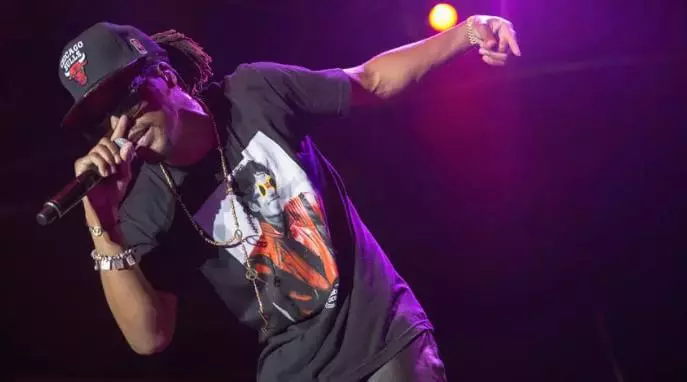
Lupe Fiasco at Harley-Davidson’s 110th Anniversary Celebration, August 29, 2013
These same qualities appear in the lyrics of drill artists, who avoid metaphors and complex stylistic devices, favoring straightforward and realistic storytelling. Drill lyrics are typically made up of short, direct statements, often forgoing lyrical flourishes to keep the focus on the message itself.
For those looking to experience authentic Chicago drill, Drill Music In Zion (2022) by Lupe Fiasco is an impressive and modern example of the genre, offering a deep dive into the reflective and haunting vibe of drill.
The First Wave of Popularity
Drill’s rise to public attention began with the track I Don’t Like, a collaboration between Chief Keef and Lil Reese. Released in 2012, the song initially gained traction within Chicago’s local scene, but it quickly caught attention beyond the city. By the end of the year, the single had become one of the most talked-about tracks on the American music scene, opening doors for the genre.

Kanye West and Big Sean, 2016
Kanye West played a significant role in pushing drill into the mainstream. In 2013, he released a remix of I Don’t Like featuring Big Sean, Pusha T, and Jadakiss, which helped propel drill to a new level of exposure. This remix not only expanded the track’s audience but introduced drill’s raw, distinct style to a wider fan base, sparking interest in the genre’s unique sound.
Later that year, Kanye included a collaborative track with drill pioneer King Louie on his album Yeezus, further solidifying drill’s place on the music scene and showcasing its potential as a new direction within hip-hop.
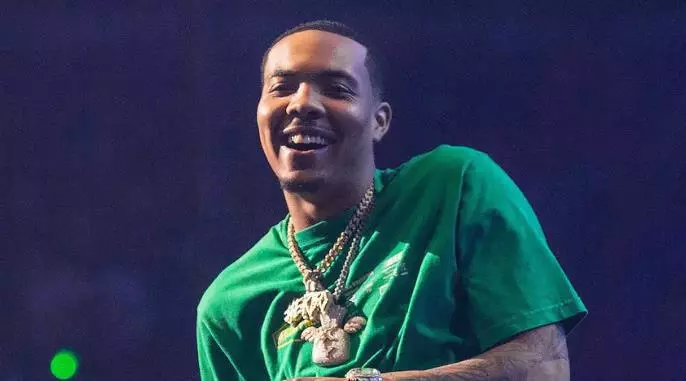
G Herbo during WGCI Summer Jam 2019
Alongside well-known artists like Chief Keef and Lil Reese, other key drill artists such as Lil Durk, G Herbo, and Fredo Santana also emerged on the global music scene. These rappers became the faces of a genre that initially was seen as a local variation of trap music, closely tied to Chicago’s streets and culture.
Over time, however, drill quickly evolved into a full-fledged, distinct musical genre that extended beyond Chicago. Today, drill has several regional styles, each bringing its own unique elements and flavor. For instance, UK drill is known for its fast tempo and distinct rhythms, while the Brooklyn scene leans toward a more aggressive sound and heavier bass.
British Drill
Drill found a new expression in the UK. In 2015, as American interest in the genre began to wane, British hip-hop artists embraced it enthusiastically, leading to the emergence of UK Drill—a British take on drill with a distinct sound and style.
One reason drill gained popularity in England was its similarity to road rap—a British style of gangsta hip-hop, but with a unique accent and heavy use of “lingo.” This slang, rooted in British street culture, added an authentic touch that resonated with the local audience.
While UK drill explores similar street-life themes, its sound diverged significantly from Chicago drill. The musical elements of American drill are largely absent in UK drill, making it a standalone and uniquely British style within hip-hop.

Digga D performs at the Royal Albert Hall in London on October 23, 2023
The main difference between UK drill and its American predecessor lies in its rhythmic structure. While Chicago drill maintained traditional trap beats, British producers completely restructured the foundation.
First, the tempo in UK drill sped up to 130–150 beats per minute. Second, the hi-hat patterns shifted to include triplet hits in each measure, with the snare moved slightly offbeat, creating unexpected pauses and accents. These rhythmic changes reflect the influence of UK garage—a genre of electronic music that blends elements of Jamaican dub, jungle, and breakbeat.
The melodic side also evolved: the dark Chicago sound was enhanced with “singing” basslines borrowed from bassline and grime—two defining British subgenres of electronic music and hip-hop. This gave UK drill a richer and more layered sound. A great example of this approach can be heard in one of London rapper DC’s tracks, where classic rap flows blend with garage-style production.
Unlike the restrained delivery of Chicago artists, British rappers express their emotions boldly and aggressively. While Chicago drill artists used monotone delivery to convey fatigue with the violence around them, British rappers, on the other hand, tend to boast about their “achievements” in the criminal world.
UK drill tracks quickly climbed the UK music charts, sparking explosive growth in the local rap scene. The wave of popularity also spread to other countries: following the British musicians, artists from Ireland, Australia, and other European nations began to adopt drill, fueling the genre’s global expansion.
Brooklyn Drill
Despite a decline in mainstream popularity, drill continued to thrive in the American underground. A prime example of this is Brooklyn drill—a unique regional style that emerged in New York.
Its sound carries clear influences from Chicago drill, but Brooklyn artists, inspired by their British counterparts, introduced more emotional inflections into their delivery, bringing a dynamic and vibrant quality to their flows. However, the lyrical themes remained consistent: the songs continue to focus on the harsh realities of everyday life and the darker side of street culture, making Brooklyn drill both recognizable and relatable to its audience.
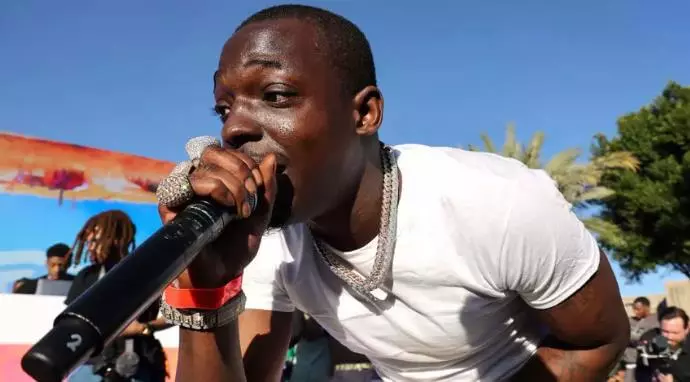
Bobby Shmurda performs during Michael Rubin’s 2023 Super Bowl Fanatics Party at the Arizona Biltmore on February 11, 2023
Brooklyn drill gained real popularity a bit later. In 2019, Pop Smoke released his debut mixtape, Meet the Woo, marking a breakthrough moment for the genre. The mixtape was a refined blend of British and Chicago drill styles, where familiar themes of street life and crime naturally combined with a modified rhythm inspired by UK drill.
Pop Smoke rose to fame with two singles from the mixtape—“Dior” and “Welcome to the Party.” These tracks became iconic for his debut, with “Dior” even earning a Grammy nomination in 2021. This release breathed new life into drill, pushing it beyond New York and spreading its influence worldwide.
Unfortunately, Pop Smoke’s rising star was tragically short-lived. On February 19, 2020, the 20-year-old rapper was found dead in his Los Angeles home. According to reports, he fell victim to an armed robbery; the attackers tracked his location through a brief social media video, leading to the tragedy.
In July of that same year, his posthumous album, Shoot for the Stars, Aim for the Moon, was released, consisting of 19 tracks. The album debuted at number one on the Billboard chart, forever solidifying Pop Smoke’s impact on the genre.
Bronx Drill
The newest wave of drill gained major popularity in 2020, fueled by the viral spread of tracks on social media. The style of Bronx artists blends elements of Brooklyn and UK drill, but with a distinctive twist.
In their arrangements, these artists began to actively use samples from popular hits of past decades. This approach allowed them not only to breathe new life into familiar melodies but also to easily climb to the top of global charts.

Ice Spice at the MTV Video Music Awards, September 12, 2023
This style has become especially popular with TikTok’s young audience, as tracks from Bronx artists are perfect for short video clips.
One of the leading figures in this new wave, also known as New York drill, is rapper Ice Spice. Her track Munch, released in August 2022, helped define the core elements of the emerging genre: the tempo increased to 160-180 beats per minute, and the drum patterns became more intricate and dynamic.
For those looking to enjoy their favorite music with maximum comfort, a subscription to Zvuk offers new perks, making listening even more enjoyable and cost-effective.
Contradiction
In 2022, some members of the public, including New York City Mayor Eric Adams, linked the gun-themed content in drill music to real instances of gun violence on the streets of New York and other major cities. These concerns were heightened by the tragic deaths of several well-known drill artists, including Tdott Woo, Pop Smoke, Chii Wvttz, and shooting victim Nas Blixky. The shooting incident involving rapper C Blu, who had recently signed with Interscope Records, also drew attention and sparked debates reminiscent of the discussions surrounding gangsta rap in the 1990s.
In response to the wave of violence associated with the genre, several prominent New York DJs and music influencers, including DJ Drewski from Hot 97, Joe Budden, Ebro Darden from Ebro in the Morning on Hot 97, D Teck, and DJ Gabe P from Power 105.1, either pledged to stop playing tracks with gang-related or diss content or reaffirmed their stance against supporting such material.
In September 2022, the NYPD removed several local drill artists from the Rolling Loud festival lineup, reportedly due to public safety concerns. The police chief expressed worries that the rappers’ presence might incite violence.
Influence
UK Drill is a subgenre of drill and road rap that emerged in the Brixton area of South London around 2012. Drawing inspiration from the style of Chicago drill, UK Drill artists often depict a gritty and hedonistic lifestyle associated with crime. Many musicians in this genre have ties to street gangs or come from socioeconomically disadvantaged areas where crime is a daily reality.
UK Drill is closely related to road rap, the British version of gangsta rap, which gained popularity in the years leading up to drill’s rise. Musically, UK Drill frequently features provocative lyrics and a harsh, aggressive tone that reflects the realities of street life.
The 2023 We TV drama Cold x Windy delves into the brutal world of Chicago drill through the stories of two women, played by Sh’Kia Augustin and Nijah Brenea, as they struggle to survive and succeed in a world where drill music is an inescapable part of their harsh reality.




